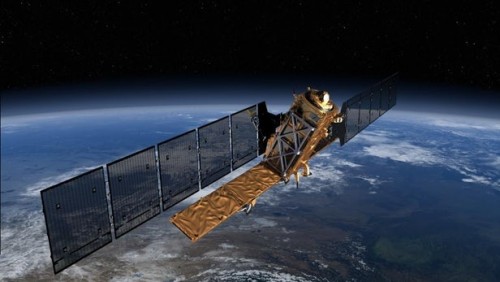Space is an important frontier for China. Long before the current boom of commercial interest in space, China was focusing on using its nation's space exploration efforts to build up the country's image as a scientific innovator.
And nothing says "innovation and expertise" quite like having some home-grown astronauts waving your national flag while in space. As the current commercial space race has kicked off in earnest, individual nations have an increased interest in establishing a foothold in our planet's orbit. Anyone who doesn't start launching rockets will be left behind, and China is eager to be at the forefront of this interplanetary revolution.
This week, the National Space Science Center in China announced an update to its ongoing plans to build and launch a giant X-ray enabled telescope into orbit around the planet. The X-Ray Timing and Polarimetry satellite (eXTP) will cost around $473 million, and China hopes to have a prototype constructed by 2022, before launching the real deal in 2025.
The eXTP will focus not on taking standard pictures of the night's sky, like the existing Hubble and upcoming James Webb satellites, but will instead provide a specialized look at the cosmos through alternative filters, collecting data on light from many different areas of the spectrum that can't be captured using traditional equipment.
This is a smart move, as a lot of the most intriguing ongoing experiments involving astronomy, such as the study of black holes, neutron stars, and distant galaxies, all require that scientists look beyond the visible light spectrum to see what else can be detected.
According to Paul Ray, an astrophysicist at the US Naval Research Laboratory, there's a lot that the eXTP will be able to do that will compliment other ongoing observation efforts in various areas of astronomy and astrophysics:
The eXTP satellite will help to cement China's role in future space missions, and help the country to develop greater resources for ongoing investigations into space. This will aid additional missions, such as those taking place at Tiangong-2, the country's current orbital space station and laboratory.
This kind of blue skies experimentation is likely going to increase among newcomers to the space race, as many countries that have not previously been involved in space travel begin testing the waters of what they can achieve now that space technology is becoming a crucial part of modern business.
As with any gold rush of this kind, it remains to be seen whether the commercial space industry will take off to the extent that many companies are hoping it will. In the meantime, though, with countries like China embracing space research as a way to improve the country's international image, the scientific community will only benefit.





